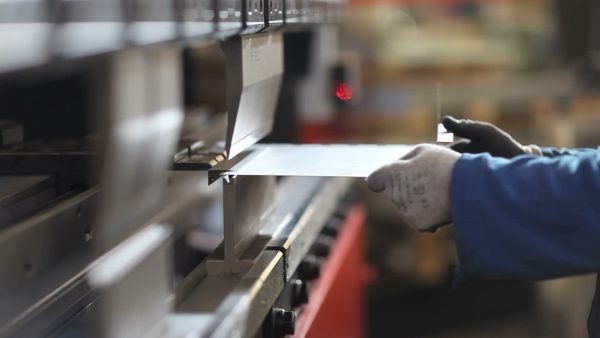To ensure that machine prototypes and parts to be durable and robust sheet metals at LT century are tailor-made to meet all your sheet forming needs by shaping a wide variety of alloys and metals into elaborate and complex prototypes.
But first, we need to understand how the sheet forming process works, knowing everything that there is to know.
What Is a Sheet?
Before delving any deeper what, a sheet is. Well, in lay man’s terms, it’s a metal forming process from metal structures that has a thin width and a large surface area. Most of the sheet formed has a thickness of not more than 6mm.
The formed sheet has a wide range of industrial applications; some of the end-products of the sheet process are used in automobile and airplane parts. Some of the most commonly used metals used in the production of a single prototype or thousands of identical parts include:
- Stainless Steel
- Aluminum
- Silver
- Gold
- Tin
- Nickel
- Brass
- Copper
- Titanium
Because of the usage of metals, this means that a lot of pressures have to be exerted on the metal parts for the formation of a new shape without it going back to its original shape. It’s essential worth noting that the process used is dependent on the type of metal. For metals such as iron, its usually very easy to design and structure.

sheet metal Fabrication*
The Yield Points
This is one of the critical stages of the sheet forming process as it outlines the stretch, and if the yield point is exceeded, there will be marks on the sheet metal, making it look unattractive. Stretcher strains can also be formed; hence you need to use preferred processes to minimize this.
In the occurrence, the yield point is exceeded; there will be elongated strains, and the client might reject the sheet metal. Other processes affect the sheet forming process, such as material grain size.
When the yield point is passed, resulting in the formation of stains and marks can be easily removed using skin or tamper rolling. The grain size also determines the smoothness or roughness of the metal sheet.
Shearing
This is the first step of sheet metal formation; it comprises cutting and forming through the usage of other tools and blades. It’s a vital stage as it determines the design and appearance of the end-product.
Its also used in the formation of cracks that are vital in determining the propagation of the sheet process. The punch and dies even determines the clearance that happens in a designed metal; shearing also varies on sheet metal structure ranging from 2% to 8%.
The clearance process is also dependent on the functional requirements and type of metal. The sheeting process also involves plastic formation; the formation of plastic compresses the metal sheet over a blade forming a structure that will separate the metal structure into two parts.
There is an application of considerable force applied at the top of the plastic to fracture the metal sheet.
Reference
*Image from https://hipwallpaper.com/
